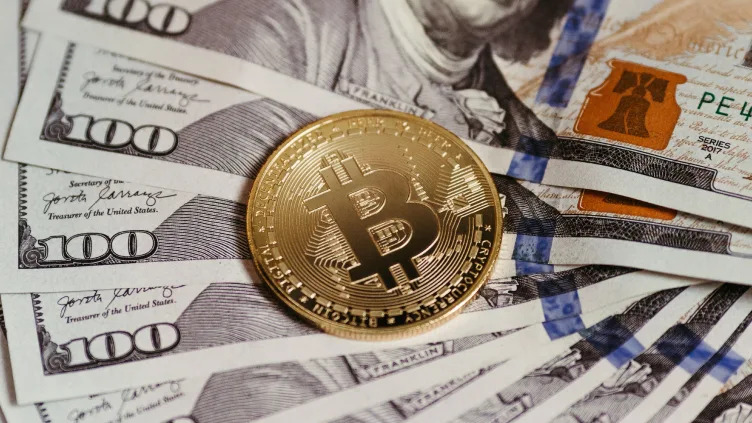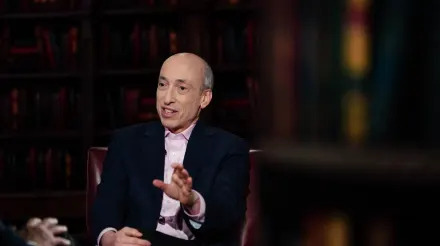By Ann Saphir and Howard Schneider
(Reuters) -The U.S. job market again defied an anticipated slowdown, with firms adding more than a quarter of a million jobs in the final month of 2024 and leaving Federal Reserve policymakers to puzzle over the need for more interest rate cuts in a strong economy.
The gain of 256,000 jobs in December went well beyond the 160,000 expected by economists in a Reuters poll. The unemployment rate, as reported in the Labor Department's monthly jobs report, ticked down to 4.1% from 4.2%.
In another footnote on the Fed's confidence in further rate cuts and a further slowdown of inflation, consumers now expect prices over the coming year to increase 3.3%, a sharp jump from prior months, a separate University of Michigan sentiment survey showed.
Stickier-than-expected inflation and uncertainty over the effects of President-elect Donald Trump's new economic policies when he takes power on Jan. 20 had already put U.S. central bankers on a path for slower interest rate cuts this year. Last month many started to pencil in faster growth and more inflation to take into account Trump's plans for broader tariffs, tax cuts and limits on immigration.
The renewed strength in the job market poses a fresh dilemma, adding to arguments that inflationary pressures may not be fully quenched and setting up a potential conflict with Trump, who has already said he thinks interest rates are too high and the economy is in need of more support.
It also may challenge Fed Chair Jerome Powell's view that the labor market is no longer a source of inflationary pressure.
The data "will raise concerns at an edgy Fed that the labor market might be reaccelerating after the election in ways that could lead to renewed tightening in labor market conditions," Krishna Guha, vice chairman of Evercore ISI, wrote in a note.
If data in the new year continue to show the labor market strengthening, Guha said, that could keep the Fed on hold until at least June, if not beyond.
That's a forecast in line with financial market expectations, which have moved to price in a single rate cut no sooner than June, marking the end of the Fed's rate-cutting cycle. Stocks fell and Treasury yields surged after the data.
Speaking on CNBC shortly after the release of the jobs report, Chicago Fed President Austan Goolsbee said he still feels cooling inflation calls for further rate cuts, with the policy rate likely to be a "fair bit lower" 12 to 18 months from now if current expectations are met.
"Is there evidence of overheating of the economy? So far, in recent months, there is not a lot of evidence," Goolsbee said, noting that inflation had been running at 1.9% over the past six months, while wage growth was in line with the Fed's 2% inflation goal. "It makes me comfortable the job market is stabilizing at something like the full employment rate."
INFLATION DATA
The Fed had begun cutting rates last September with a bigger-than-usual half-percentage-point move to protect the labor market from a slowdown officials feared was beginning to take shape.
By December, as the central bank cut its benchmark overnight interest rate to the current 4.25%-4.50% range, those fears had largely eased, and some policymakers were flagging a potential turn in the labor market.
"With business optimism so high and labor supply unlikely to continue to grow so robustly, it feels like the current labor market equilibrium is more likely to break toward hiring than toward firing," Richmond Fed President Thomas Barkin said in recent comments, citing a survey of chief financial officers that his regional Fed bank helps field and which showed a post-election jump in the outlook.
A clutch of other U.S. central bank policymakers in recent days, including Fed Governor Michelle Bowman and St. Louis Fed President Alberto Musalem, have also said they feel the Fed's rate-cutting days are near an end, if not over already.
Key to the debate will be upcoming inflation data, which some officials note is almost hardwired to slow.
The only reason recent inflation releases have shown so little progress, Goolsbee said, is because of a jump in inflation early in 2024.




